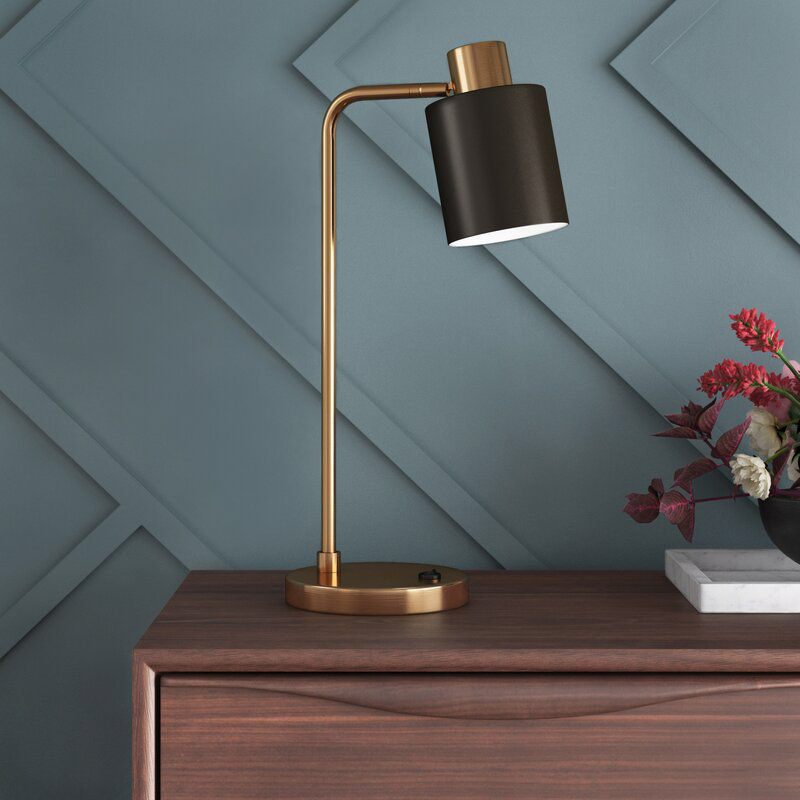Introduction
LED lights are becoming increasingly popular in homes and businesses as an energy-efficient and cost-effective lighting option. Unlike traditional incandescent bulbs, LED lights last longer and use less energy, making them a more sustainable choice. In this guide, we will explore the benefits and drawbacks of LED lights, how they work, how to choose the right LED lights for your needs, and some common applications.
Basic Principles of LED Lights
LED stands for Light Emitting Diode. These tiny semiconductor devices emit light when an electrical current is passed through them. The light produced by LEDs is directional, meaning it emits light in a specific direction, unlike traditional bulbs that emit light in all directions.
LED lights use a fraction of the energy used by traditional incandescent bulbs. They also last longer, up to 25 times longer, than incandescent bulbs. This means that they not only use less electricity, but they also don’t need to be replaced as often, reducing overall waste.
Benefits of LED Lights
Energy Efficiency: LED lights are much more energy-efficient than traditional bulbs, which means that they use less power to create the same amount of light. This can translate into significant savings on energy bills.
Longevity: LED lights last up to 25 times longer than traditional bulbs. This means that they don’t need to be replaced as often, reducing the overall cost of lighting.
Sustainability: LED lights are a more sustainable option than traditional bulbs because they use less electricity and last longer. This reduces the amount of waste generated by lighting.
Customizability: LED lights come in a wide range of colors and can be easily dimmed or brightened. This makes them a versatile option for a range of lighting needs.
Drawbacks of LED Lights
Upfront Cost: LED lights are initially more expensive than traditional bulbs. However, they often pay for themselves in energy savings over time.
Directional Light: The directional light emitted by LED lights means that they may not be suitable for all lighting needs. Some people prefer the more diffuse light of traditional bulbs.
Choosing the Right LED Lights
When choosing LED lights, there are a few factors to consider. These include the color temperature, the bulb shape, and the dimming capabilities.
Color Temperature: LED lights come in a range of color temperatures, which are measured in degrees Kelvin. Warm white LEDs have a temperature of around 2,700K and emit a warm yellowish light. Cool white LEDs have a temperature of around 6,000K and emit a bright, bluish light. Daylight white LEDs have a temperature of around 5,000K and emit a more neutral white light.
Bulb Shape: LED lights come in a variety of shapes, including the classic bulb shape, candle shape, and globe shape. When choosing the shape of your LED lights, consider the size of your fixture and the amount of light you need.
Dimming Capabilities: Not all LED lights are dimmable. If you need to dim your lights, make sure that you choose LEDs with dimming capabilities.
Common Applications of LED Lights
LED lights can be used in a wide range of applications, from home lighting to commercial applications.
Home Lighting: LED lights are a popular choice for home lighting because of their energy efficiency and longevity. They can be used in any room of the house, from the bedroom to the kitchen.
Outdoor Lighting: LED lights are also used for outdoor lighting, including landscape lighting and security lighting. They are ideal for these applications because of their durability and ability to withstand harsh weather conditions.
Commercial Lighting: LED lights are used extensively in commercial lighting applications, including in offices, retail stores, and hospitals. They can be used to create a comfortable and inviting atmosphere while reducing energy costs.




